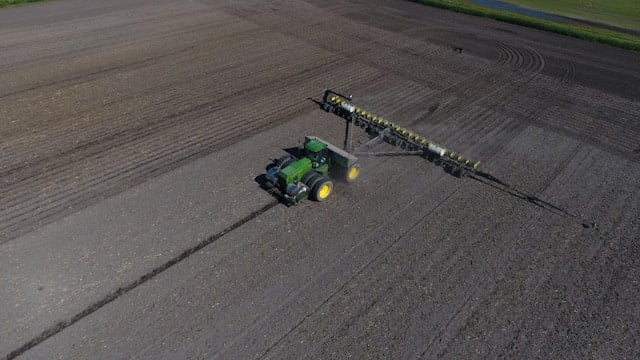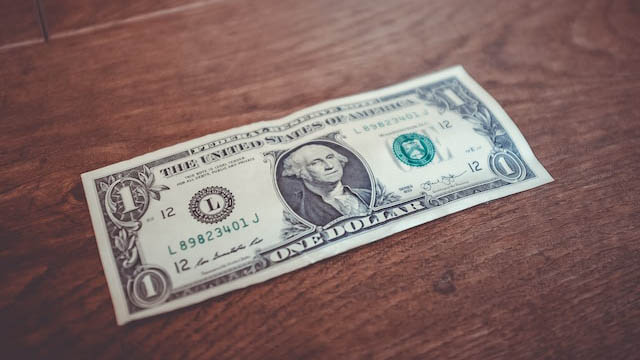Recently, both Canada and China announced retaliatory tariffs on US goods—moves that will undoubtedly have direct and profound repercussions on US agricultural exports. Canada, China, and Mexico rank as the top three destinations for US farm exports. In 2024, US exports of agricultural and related products totalled $191bn, nearly half of which went to these three markets. Consequently, any escalation of tariff policies targeting these countries is likely to exert tremendous pressure on the US agricultural sector.
Tariff hikes directly impact production costs and export revenue
On March 5th, US President Donald Trump decided to impose higher tariffs on goods originating from Canada, Mexico, and China, to reduce the US trade deficit. However, agricultural stakeholders have expressed widespread concern about this policy. On one hand, the swift implementation of retaliatory tariffs by these trading partners has sharply eroded the international price competitiveness of US agricultural products, clouding their export outlook. On the other hand, US agriculture relies heavily on imported farm equipment, fertilisers, and pesticides, and the resulting uptick in their costs is adding further financial strain on farmers.
Notably, approximately 85% of potash fertilizer used in the US is imported from Canada. If higher tariffs are levied on this portion of imports, potash prices will likely surge, intensifying cost pressures on farmers. This external shock could further squeeze already narrow profit margins for US farmers already contending with high input expenses.
Negative impact of tariffs already evident
According to the US farming organisation Western Growers, Canadian retailers in some areas cancelled orders from US agricultural suppliers within the past month alone. Gregg Taylor, CEO of the USA Poultry & Egg Export Council, also pointed out, “A trade war will only hurt those who depend on international trade for their livelihoods, and US agriculture is first in line to suffer.”
Analysts note that American farmers are facing their third consecutive year of substantial losses, with producers of core cash crops such as corn and soybeans especially hard-hit. Rising production costs and declining export income are creating a dual squeeze, leaving many farmers struggling to keep their operations afloat.
Local farmers may face further losses
Under multiple tariff-related pressures, US farm products are losing ground in global markets in terms of both sales channels and pricing power. Reduced exports not only translate to plummeting farm incomes but may also lead to oversupply and falling prices in the domestic market, compounding financial woes. Zippy Duvall, the president of the American Farm Bureau Federation, commented, “Farmers have been operating at a loss across almost all major crops for three years running. Higher input costs and shrinking export markets could impose an intolerable burden on some farmers.”
Indeed, the latest round of tariff hikes is pushing American farmers deeper into financial distress. For US agriculture, which depends heavily on global markets, short-term protective benefits in certain areas are overshadowed by the longer-term risk of eroding international competitiveness. The interplay between rising costs and impeded exports creates a vicious cycle, which not only threatens the health of the broader agricultural sector but also risks further expanding farmers’ losses in the future.
Overall, the “big stick” of Mr Trump’s tariffs has inflicted tangible and far-reaching damage on US agriculture. Retaliatory tariffs imposed by key export markets have curtailed overseas sales prospects for US farm products, while steep increases in the cost of imported production materials have further eroded already slim profit margins. Confronted with these dual pressures, American farmers now face growing financial risks. How to strike a balance between trade protection and the sustainable development of agriculture has thus become a critical challenge that US agriculture must urgently address.
[Credit: CGTN]
A professor at the College of Economics & Management of China Agricultural University
Doctoral Candidate at the College of Economics & Management of China Agricultural University.






